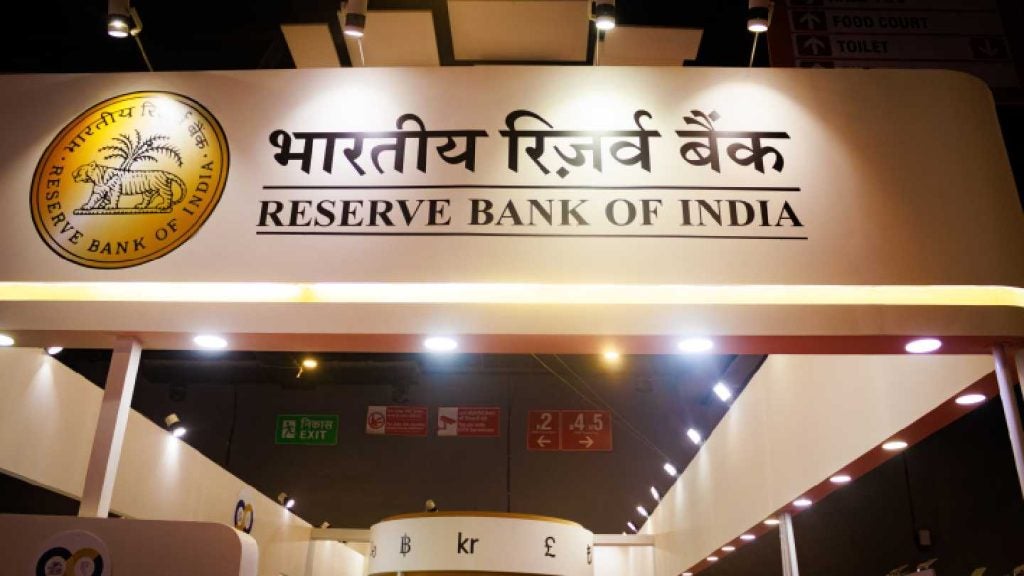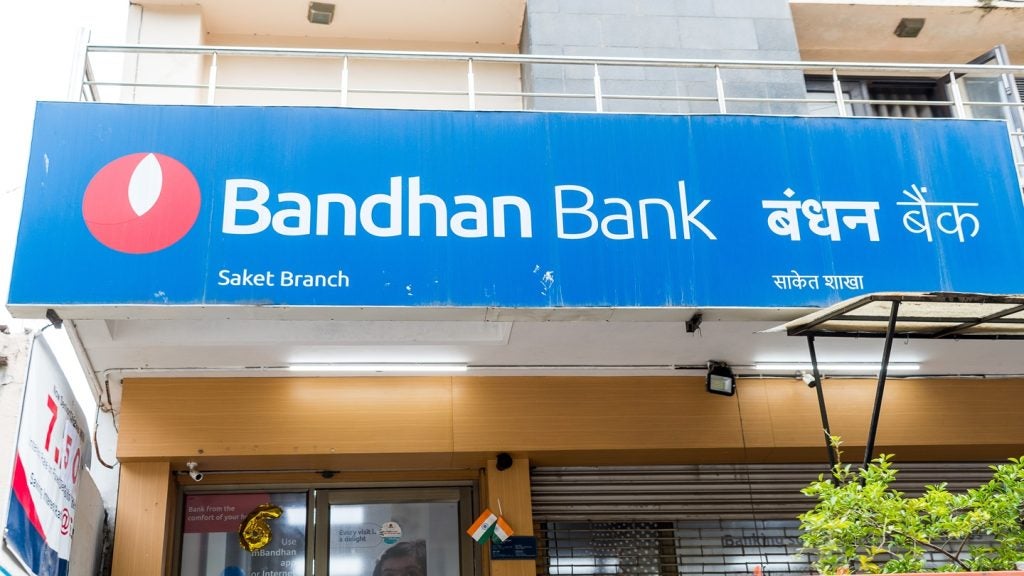The silence that breaks trust
A parent stands at the supermarket checkout with children in the trolley. The card is declined. There is no reason on the screen, no message in the app, no explanation from the bank. Only silence. That silence carries more weight than the technical cause of the failure. It feels like punishment.
Another person checks their app late at night to see if wages have arrived. The balance shows nothing new. No banner, no note, just blankness. Minutes stretch into worry. Is the payment on the way? Has it failed? Is the bank even aware? Silence speaks louder than the system.
A small firm sits ready to run payroll at month-end. The portal opens slowly, then freezes. No clear status, no indication of what is still possible. Staff wait in confusion. Once more, the lack of explanation becomes the loudest message.
In each case, the bank may solve the technical fault within hours. But the memory is not of the fix. It is of the silence.
The new fault line in banking
Banking once moved at the pace of days. A cheque could take a week. Customers expected slowness and accepted it.
Today, money moves at the speed of life. Wages are expected instantly. Bills are settled on demand. Transfers happen while standing in a queue.

US Tariffs are shifting - will you react or anticipate?
Don’t let policy changes catch you off guard. Stay proactive with real-time data and expert analysis.
By GlobalDataThis new pace has created a new fault line. Trust no longer rests only on whether the system works. It rests on whether the customer feels informed in the very moment when it does not.
- A delay explained is forgiven.
- A delay hidden feels like betrayal.
Patience has shrunk from hours to seconds. What fills those seconds is the difference between trust sustained and trust destroyed.
What transparency really means
Transparency is not a policy statement. It is not a press release after an event. Transparency is felt when a customer sees a clear message in plain words telling them what is happening and what they can do.
Transparency is the bank showing its working. It is a banner that says:
- “Payments are slower than normal. Most will complete within thirty minutes.”
- “Cash withdrawals and card payments are still available.”
Transparency is not perfection. It is not a promise that nothing will ever break. It is the assurance that when something does, the customer will not be left in the dark.
Silence is a failure mode. A simple, honest line in plain English can convert panic into patience.
Human anchors in a digital world
Machines process the transactions, but people hold the trust.
- A chatbot loop cannot replace the reassurance of a colleague who listens, explains, and takes responsibility.
- Branches and contact centres are not just costs. They are protection systems.
- A colleague with live status on their screen, using the same words the customer has already seen in the app, can restore confidence in seconds.
- Authority beats escalation. Ownership beats transfer.
Transparency means equipping human anchors with the same message, the same status, and the discretion to act.
Global lessons
Transparency in banking is not theory. It is lived differently across regions.
- United Kingdom – People expect fairness and explanation. A decline without reason feels unfair. A warning in advance feels like care.
- Europe – New payment rails build in prompts and safeguards. Customers see a reason before a transfer is made. Clarity is designed into the system.
- United States – Customers have experienced confusion when real-time systems stumble. Without transparency, innovation loses credibility.
- Africa – Mobile money grew because each transfer was confirmed by an instant text and reinforced by a local agent. Trust came from visible confirmation.
- Asia – Super-apps guide users with simple prompts and clear dispute routes. Customers know what works, what does not, and what to do next.
No region offers a perfect template. But all point to the same truth: people do not demand perfection. They demand honesty.
Everyday examples
- Parent at checkout – Declined card. A banner says: “System under strain. Try again in one minute. Your card will work.” Fear turns into reassurance.
- Worker waiting for wages – Balance slow to update. The app shows: “Payment received. Funds visible by 2 a.m. Cash withdrawal up to £200 available now.” Silence becomes patience.
- Small firm payroll – Portal slow. A note says: “Some features paused. Salary upload still active. Last good balance shown. Update at 4 p.m.” Chaos becomes a managed delay.
Transparency does not mean fixing the fault instantly. It means keeping the customer informed, with dignity, in the moment that matters.
Leader agenda
Leaders cannot treat transparency as an afterthought. It is not PR. It is a core part of resilience and reputation.
A practical agenda includes:
- One clear message across every channel. App, website, help pages, branch screens, and contact centre scripts must match.
- Design for continuity, not silence. Use icons, colour legends, and fallback options built in before incidents occur.
- Empower human anchors. Give colleagues authority to waive fees, adjust limits, and keep promises.
- Own the problem, even if caused by a partner. Customers do not care whose server failed. They care who takes responsibility.
- Publish short post-incident notes. A paragraph in plain words inside the app: what happened, what was fixed, what will change.
These steps are simple. They require discipline, not slogans.
Why transparency matters more than metrics
Boards receive long reports after incidents. Uptime, response times, recovery points. Customers never see these.
Customers only remember whether they were told the truth.
- Trust is not counted in percentages.
- Trust is felt in the tone of a message.
- Trust is built in the speed of an update.
- Trust is restored when a person takes ownership.
A delay explained is a delay forgiven. A silence, however short, is remembered as failure.
Closing vision – memories compound faster than money
Banking does not need to be perfect to be trusted. It needs to be honest.
People do not remember diagrams. They remember whether someone helped when the screen stalled. They remember whether they could still do the essentials. They remember whether the bank spoke plainly and kept its word.
Let resilience be remembered as care, not chaos.
In banking, memories compound faster than money. If a customer remembers that you explained, that you listened, and that you made it right, trust will grow quietly. It will grow on busy Fridays, on rent days, at school pick-up, and at month-end.
Operational transparency is not a slogan. It is the new currency of trust.
Dr Gulzar Singh, Senior Fellow – Banking & Technology; CEO, Phoenix Empire Ltd









